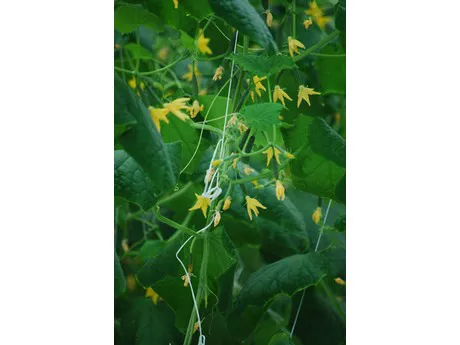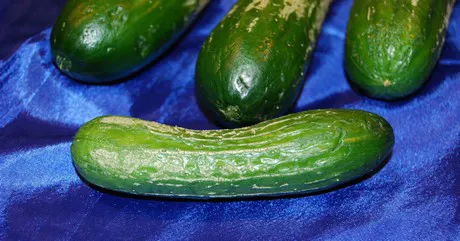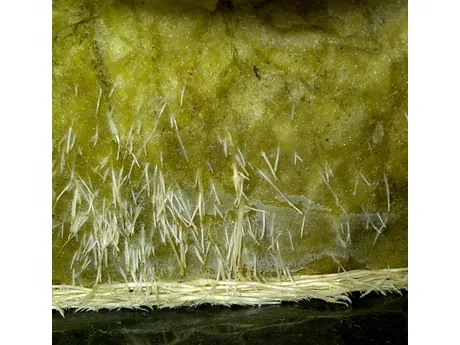A key goal of production is to maintain a balance between vegetative: generative type of plant.
by Shalin Khosla, Greenhouse Vegetable Specialist, OMAFRA
Young plants in low light conditions with excess water tend to be vegetative. Control measures need to be implemented to control the vegetative growth in order to flower early. The sooner the flower setting occurs the faster the plant becomes generative. This is generally initiated by water, electrical conductivity, nutrition, greenhouse air temperature, root temperature, and vapour pressure deficit (VPD).
Early development of a strong root system, in general, will make guiding the plant easier. Excess water especially on cloudy days will be detrimental resulting in a weaker root system and increased chances of Pythium incidences. As well, the excess water will increase the leach that one must capture and recycle. Delay the first watering by at least one to two hours after start of day (sunrise or light initiation) and initiate irrigation cycles once the plants are active. If using weigh scales or water content meters, water once the readings are dropping. The style of watering will also influence the plants response — short frequent cycles will result in a more vegetative impulse while long less frequent cycles will have a generative impulse (Note: the same volume of water is applied).
On cloudy days it is important to keep the plants active by maintaining a higher VPD by increasing the air movement around the leaves via increased pipe temperature in a hot water heating system or by pulse heating in a steam heating system. This allows the radiant heat off the pipes to increase air movement. Increased air movement with circulation fans will also work.
Another reason to keep the plants active is to minimize the transition phase — when the weather changes from cloudy to sunny an active plant during the cloudy period will have less flagging or partial wilting when the weather shifts from cloudy to sunny.
Fruit setting is based on the amount of light and the “strength” of the plant. Under high light intensity a strong plant will be able to support more fruit and continue to do so for the length of the season. A plant with a good base (well established roots and stem (0.5 to 1 cm diameter)) will be able to carry more fruit and continue growing and setting new fruit. The amount of light and water, the greenhouse temperature, and the electrical conductivity all play a role in the rate of flower formation, fruit setting and development. Plants that have slow growing fruit due too heavy a fruit load, inadequate light, low temperatures tend to have poor quality fruit (shape, size and taste).
The nutrient requirement of the plant also changes as the fruit setting and loading occurs. This is very evident in tomatoes where the young plant, during fruit setting, is taking up less potassium than nitrogen (1.25:1 K:N), which changes to 2.5:1 K:N when approaching the first harvest and then settles at 2:1 K:N for the remainder of the season. Peppers and cucumbers follow a similar trend but not as dramatic. Thus, it is important to adjust the feed schedule to match the plant’s needs for the specific elements as they grow. Regular testing of the nutrient solution (the feed, the growing media and the leach) will provide the information to base the adjustments.
Keep in mind that nutrient solution capture and reuse is more critical and requires improved management of the nutrient and water applied to minimize/eliminate offsite impact.
Some key tips to keep in mind:
Fig 1: Watch temperature — cold crop => proper placement of the sensors
 Fig 1: Cucumber crop grown too cold resulting in too many flowers — increased plant imbalance
Fig 1: Cucumber crop grown too cold resulting in too many flowers — increased plant imbalance
Fig 2: Watch humidity — too high will decrease growth — too rapid a change results in fruit damage
 Fig 2: Humidity — too rapid a change results in fruit damage
Fig 2: Humidity — too rapid a change results in fruit damage
Fig 3: Keep plants active — run heat to increase VPD — thus less Pythium issues and leaf issues
 Fig 3: Water and greenhouse climate management strategies result in a strong healthy root system reducing the incidence of root diseases
Fig 3: Water and greenhouse climate management strategies result in a strong healthy root system reducing the incidence of root diseases
Source: Medium
